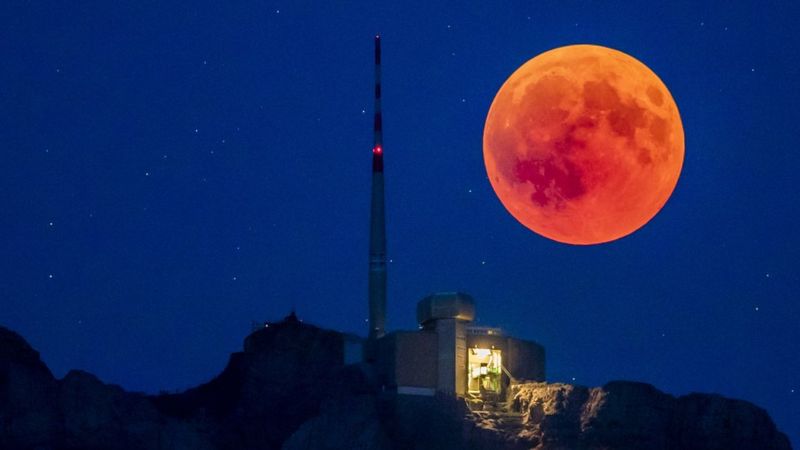The Food
Hands-down the best part of the trip was the amazing variety of local dishes that the rest of the country tries (mostly in vain) to mimic. Here were some of the favorites:
- Felix's Restaurant and Oyster Bar - Our most-visited place during the trip not only for the copious amounts of raw oysters that we consumed but also for their red beans and rice with andouille. The guys at the bar gave us plenty of attention and we were never left waiting for food or drink. Though this place doesn't receive the attention of others like Acme or Bourbon House, we'd skip those again to go back here any day. (As a side note, we ended up walking out of Bourbon House without ordering due to lack of attention from the bartender - another point for Felix's)
- GW Fins - One of the two extravagant meals during our trip was had here, specifically to partake in a beer dinner they were offering in conjunction with NOLA brewing, to show off the new NOLA Funk line of sour-style beers. The beers were paired with dishes specially crafted by GW Fins' master chef to complement the sour qualities of the beer. The five course meal was composed of: yellowfin tuna sashimi, crispy pork belly with watermelon, "Scalibut" a creation of the chef's which is a layering of seared scallops on top of a halibut filet, BBQ swordfish ribs which were another chef creation, and for dessert a peach and blackberry tart which could be served upside-down or to-go upon request
- Napoleon House - The muffaletta here was absolutely delicious. I wasn't especially hungry when we arrived, so I decided to eat light and only order half of one with a side of jamalaya. What I did not realize was that ordering a half meant I was asking for half of a bun that was roughly a foot in diameter. My plate arrives with my massive sandwich and a generous portion of jambalaya. How do you know when something is good? When you forget that you weren't hungry and nearly eat the entire meal. Whoops.
- Arnauds - The other extravagant meal on our trip was as much about the experience as it was about the food, which did not disappoint. We ordered an appetizer of baked oysters which included Oysters Rockafeller with spinach and bacon, Oysters Bienville with shrimp and mushroom, Oysters Katheryn with artichokes and garlic, and Oysters Ohan with eggplant and andouille. We could have eaten those all night. For entrees, we both got variations of the same thing - Gulf Fish Ponchatrain which was gulf grouper topped with crab meat, and Pompano Duarte which was gulf grouper topped with shrimp. Everything was succulent and cooked perfectly.



/cdn.vox-cdn.com/uploads/chorus_image/image/36969364/popups.0.0.jpg)

